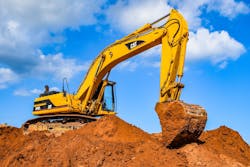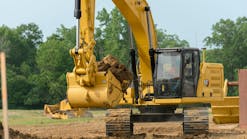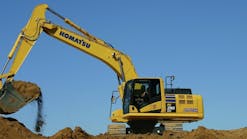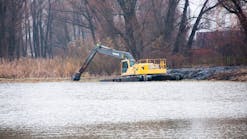No matter the project, it is important to have an excavator on site that fulfills an operator's needs and goals. Below are are three tips to take into consideration before making the final purchase.
Excavation Needs
Project managers should first decide what specific projects they’ll need an excavator to perform. According to an article on the Conexpo website, there are several things to consider while picking out a new excavator. Some include:
-
Job specs.
-
Determining if the excavator is needed for minimal or heavy use. Over usage is not designed to withstand a large amount of work.
-
What excavator attachments you may need. Some include couplers, rippers, buckets, and hammers.
Size
Understanding what size excavator you need (compact, standard, or large) will help combat performance issues, and will provide the adequate digging power or depth needed to get your job done. There are several excavator configurations available within each size category.
Attachments
Equipping your machine with excavator attachments can help you get the most use out of your excavator. First, you’ll need to figure out which excavators are compatible with the attachments. Some include:
-
Buckets- an excavator’s bucket is one of the most versatile attachments, and should be considered when evaluating project needs
-
Rippers- If you’re breaking up hard soil, ice, or anything in between, a ripper will be beneficial to your lineup.
-
Couplers- couplers allow operators to switch between attachments without the help of a crew.
Source: Conexpo





